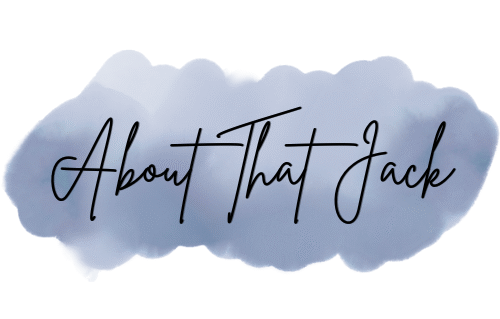 Since I started this journey of being open about my trauma and sharing it, I’ve met some wonderful people, people who’ve taught me things and welcomed me into this messy, beautiful community of those of us trying to heal.
Since I started this journey of being open about my trauma and sharing it, I’ve met some wonderful people, people who’ve taught me things and welcomed me into this messy, beautiful community of those of us trying to heal.
One thing I have noticed, however, is that some people out there are healing louder than they are living. And I say that with care and a little bit of side-eye.
Don’t get me wrong here, I get it. When you’ve been through some real shit, and you finally find the words, the people, the community? It feels like oxygen. Like proof you weren’t crazy. It can even feel a little like home. And it is powerful to speak out. It’s powerful to be seen. But somewhere between the carousel posts and the trauma-core TikToks, we’ve lost the plot a little.
When did healing become a vibe?
When did your trauma get turned into a mood board?
And, maybe more importantly, who is that actually helping?
Performative Healing vs. Real Healing
There’s a difference between sharing your truth and selling it.
Between processing and performing.
And here’s the spicy part: Some people are way more comfortable talking about their trauma than doing the work to move through it. Because talking gets you likes. Doing the work gets you silence. Sweat. Shame. Stillness. And that’s not exactly viral content.
Somewhere along the way, vulnerability got rebranded as content strategy. But real healing? It’s not always postable. Sometimes it’s just you at 2AM, trying not to spiral from the bathroom floor.
This Isn’t Me Gatekeeping
To be clear, I’m not saying don’t share. Share all you want. Hell, I do. But let’s not confuse visibility with healing. You can be very loud about your trauma and still be stuck in it.
You can have all the language, all the quotes, all the hashtags, and still not know what safety feels like in your body.
What Healing Actually Looks Like
Here’s a peek behind the curtain for those of us who are doing this thing for real:
- Not romantic.
- Often ugly.
- Frequently boring.
- Involves a lot of crying, apologizing, canceling, sleeping, and sitting in your damn feelings.
- It doesn’t always seem like progress.
- Doesn’t always feel like progress either.
Sometimes healing is just… getting through the day without throwing your phone or ghosting everyone you love. And that’s still sacred.
These trends can feel warmed-over and Instagram-friendly, but what’s really happening beneath the surface? I dug into it over here: The dark side of new age healing trends Check it out if you’ve ever wondered why some of this stuff leaves you… empty.
So what am I really saying?
I’m saying maybe we don’t need to brand our trauma like it’s a side hustle. Maybe you don’t owe the internet an explanation every time you cry. And some healing gets to be private. Maybe it should be, sometimes.
Because you are not your story. And you are not your pain. You’re the person crawling out of the fire, figuring out what kind of life to build next.
And that? That doesn’t need a filter.
But hey, if you have been posting through the pain? That doesn’t mean you’re doing it wrong.
It just means you’re human, trying to be seen, trying to survive, and of course that counts too.
So wherever you are in your process, public, private, messy, or muted, please know this: I see you. And I’m rooting for you.
Your progress isn’t about the likes, and your journey isn’t a performance. It’s about your path forward, toward something better, toward something safer, toward a life that actually feels like yours.
Yes, share your story, but do so on your terms and not for traction.
Don’t burn yourself out trying to prove you’re healing. That pressure can leave you feeling even more alone, and sometimes, it does more harm than good.
You’re healing, even if no one sees it.
Photo by Matthew Henry on Unsplash
